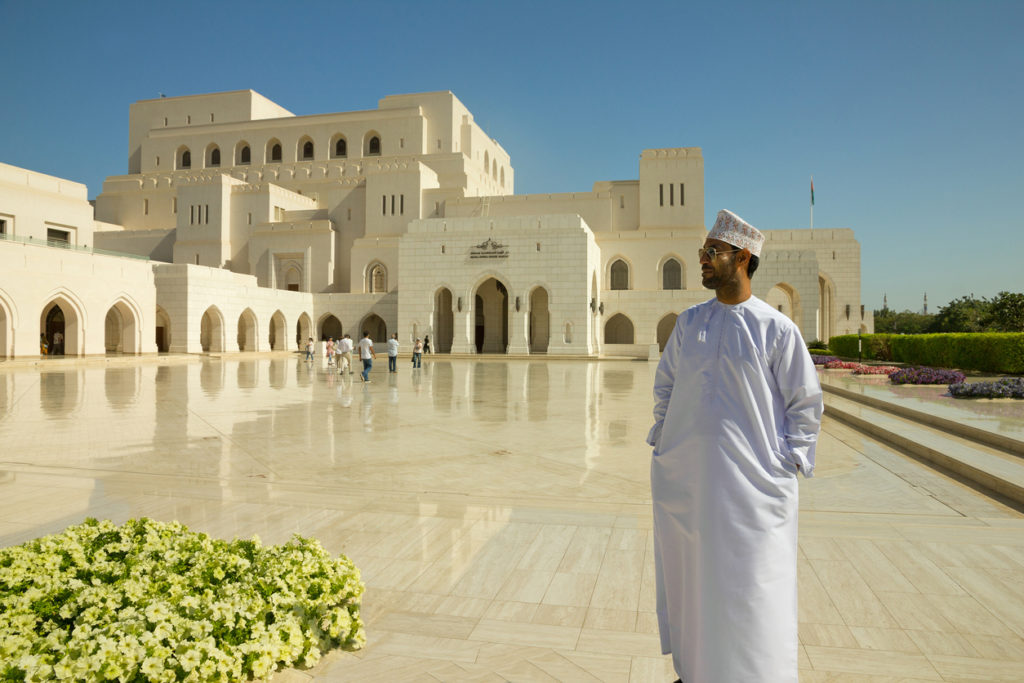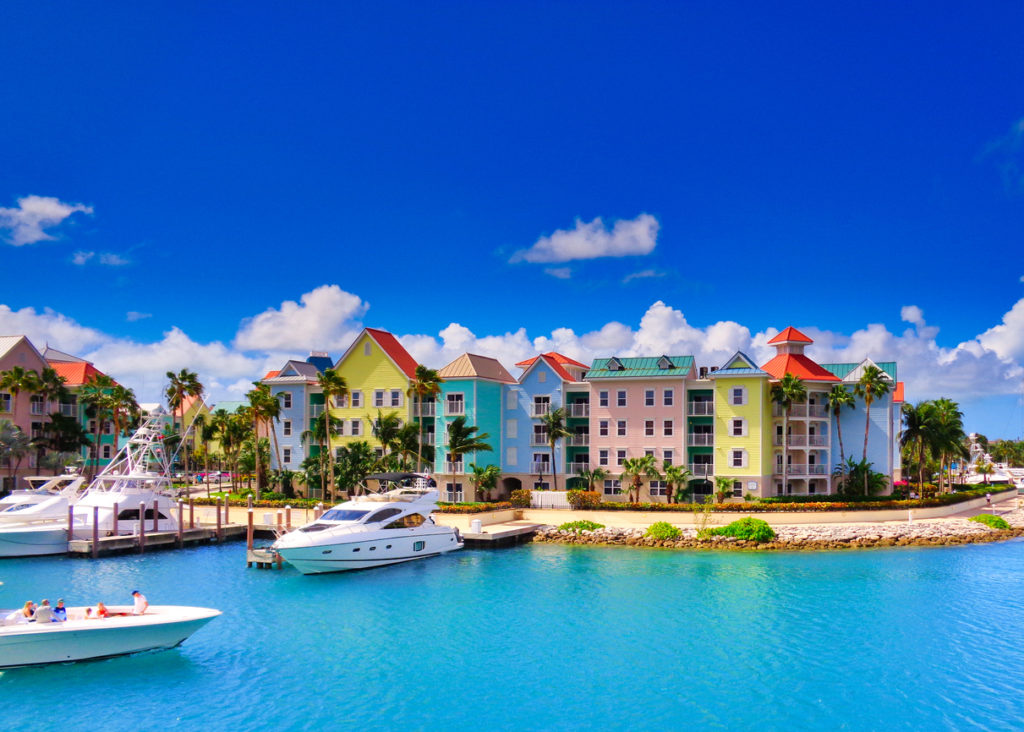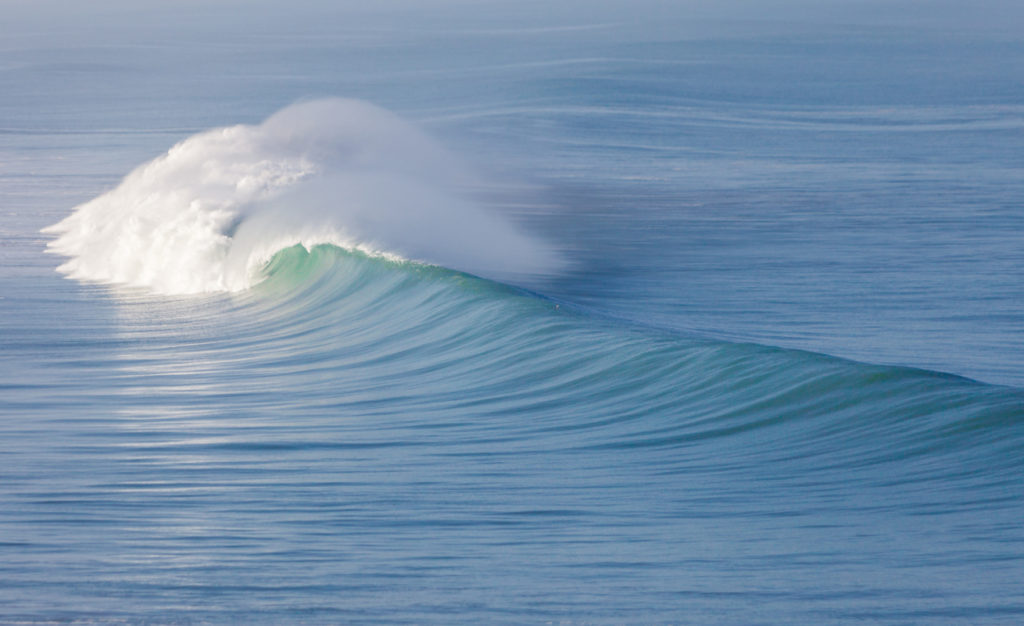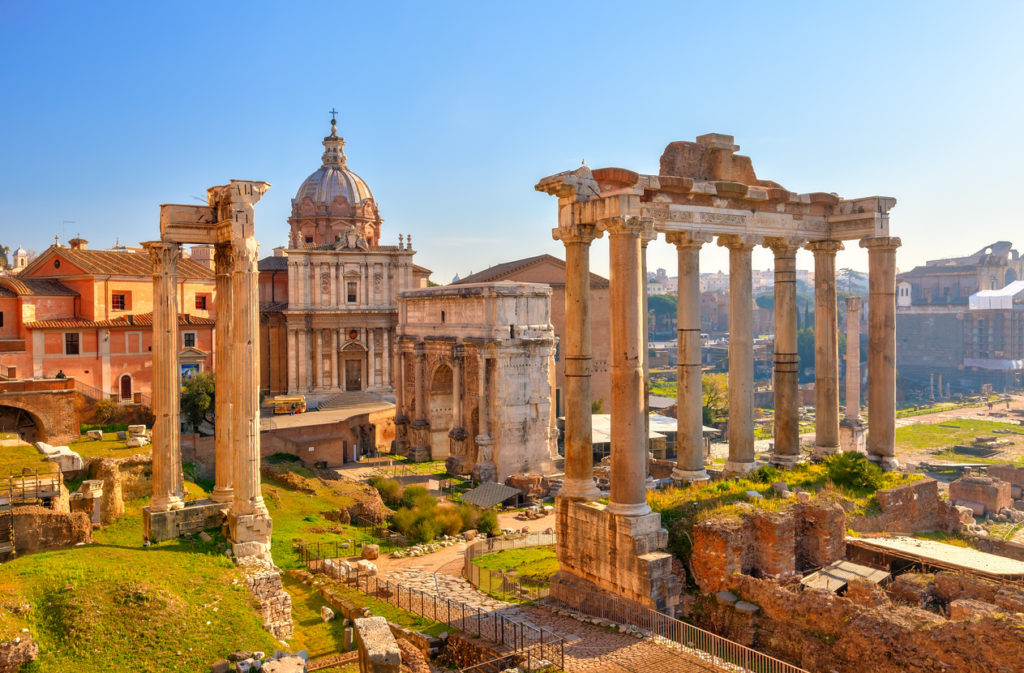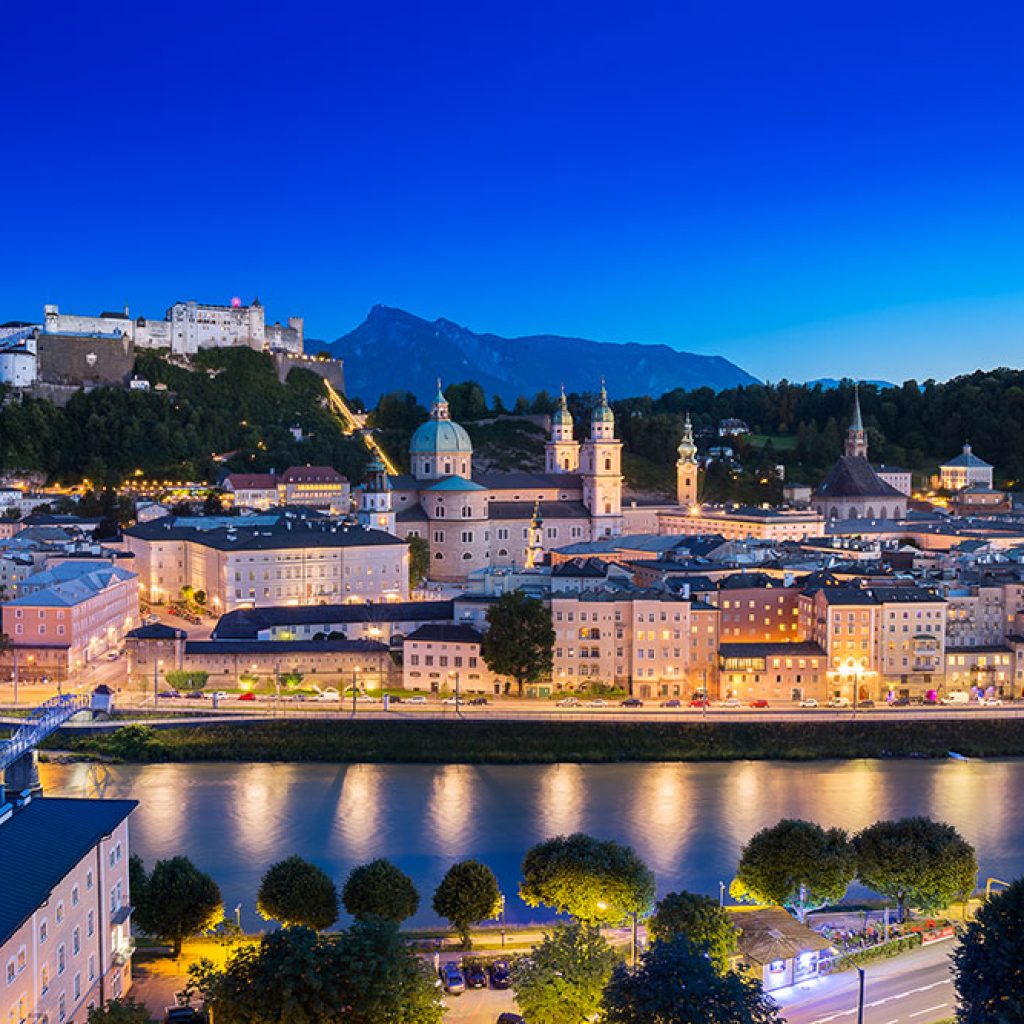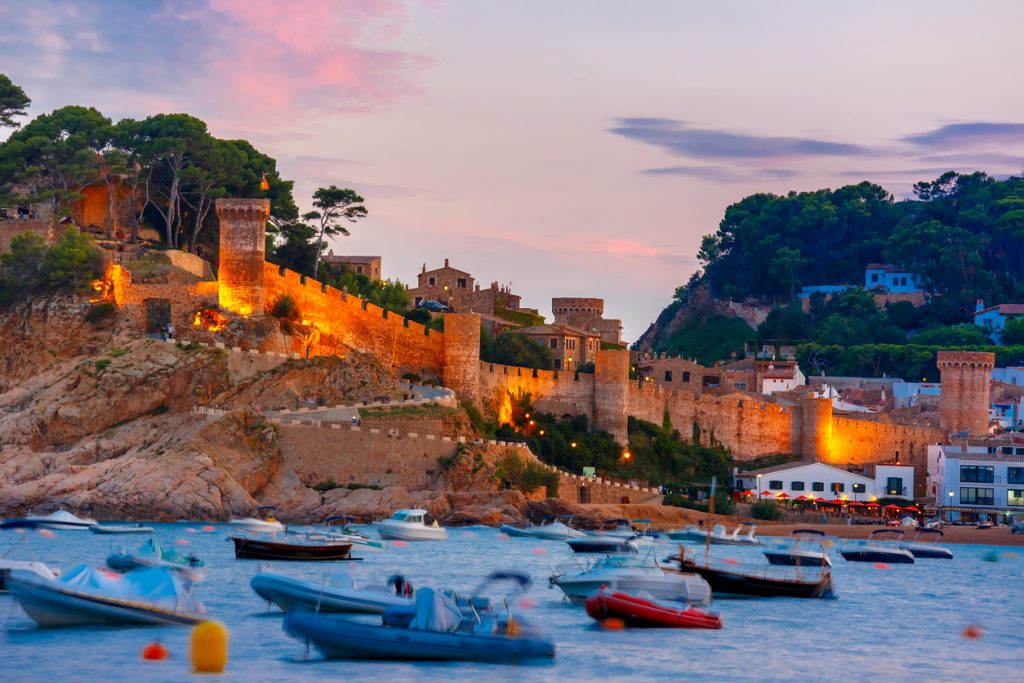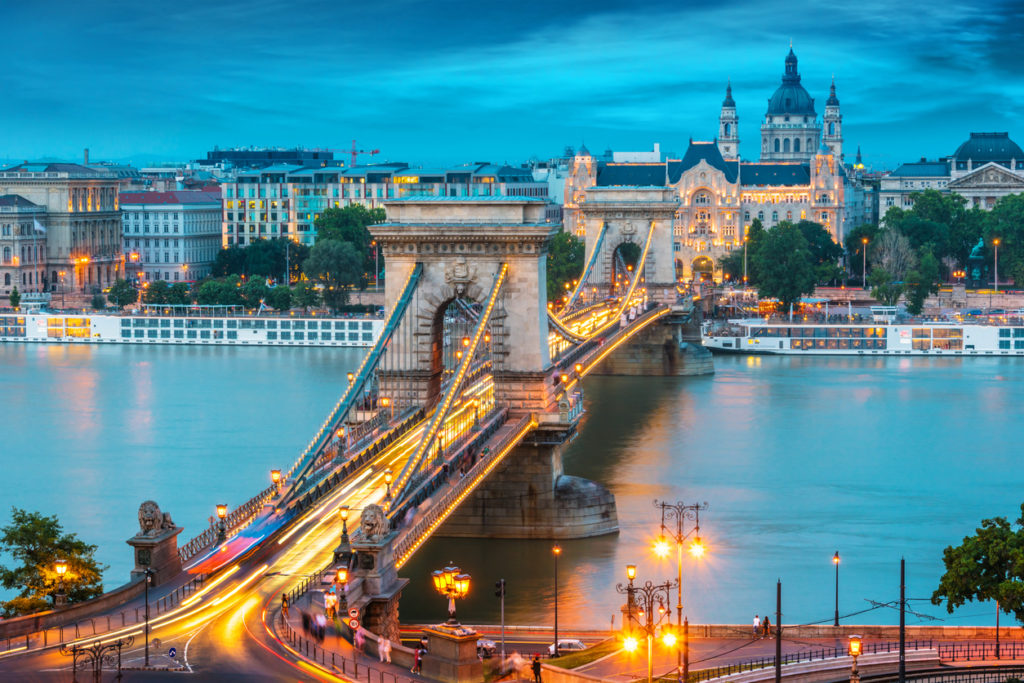
Budapest – A city best discovered by foot, with plenty of espresso breaks, Budapest is a fascinating destination for travelers passionate about history, architecture, culture, and coffee. Adorned with grand fin-de-siècle and art nouveau architecture, the city is an open-air museum dotted with magnificent spas and thermal bathhouses where you can enjoy the benefits of mineral waters and relaxing massages.
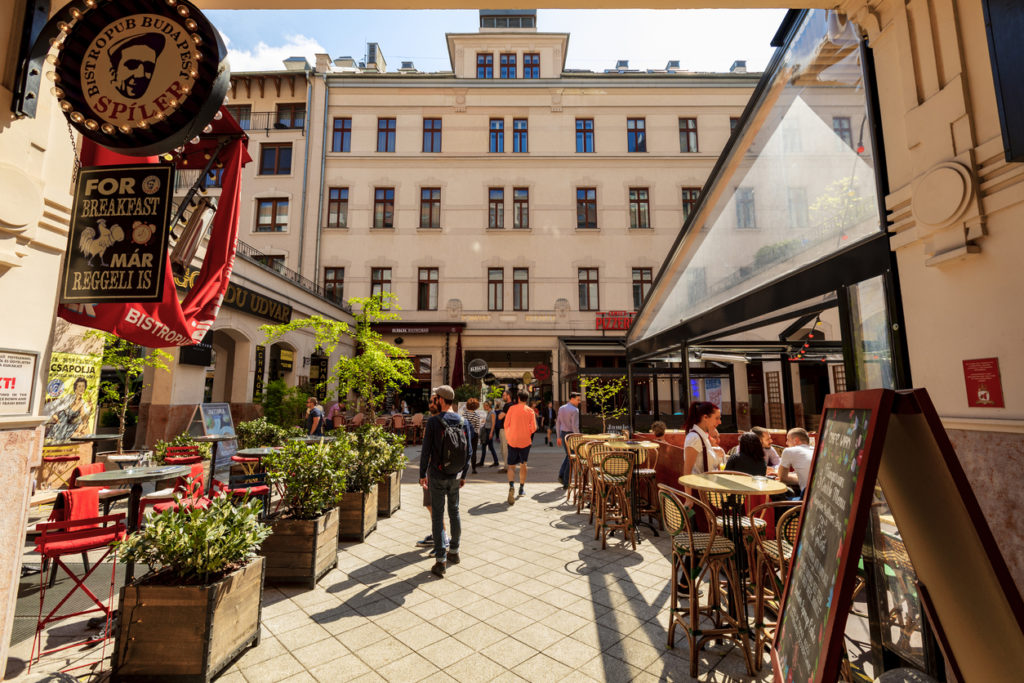
What’s interesting about Budapest is that it rose as three different cities: Buda, on the west side of the Danube, Pest on the east side, and Óbuda, the city’s original Roman settlement, to the north. The three united in 1873 and, while Buda and Pest are home to the main attractions of Budapest, Óbuda invites visitors to discover Roman statues, tombstones, and the ruins of an amphitheater. Buda and Pest are remarkable due to their different personalities but both charm visitors and unveil different facets of the city.
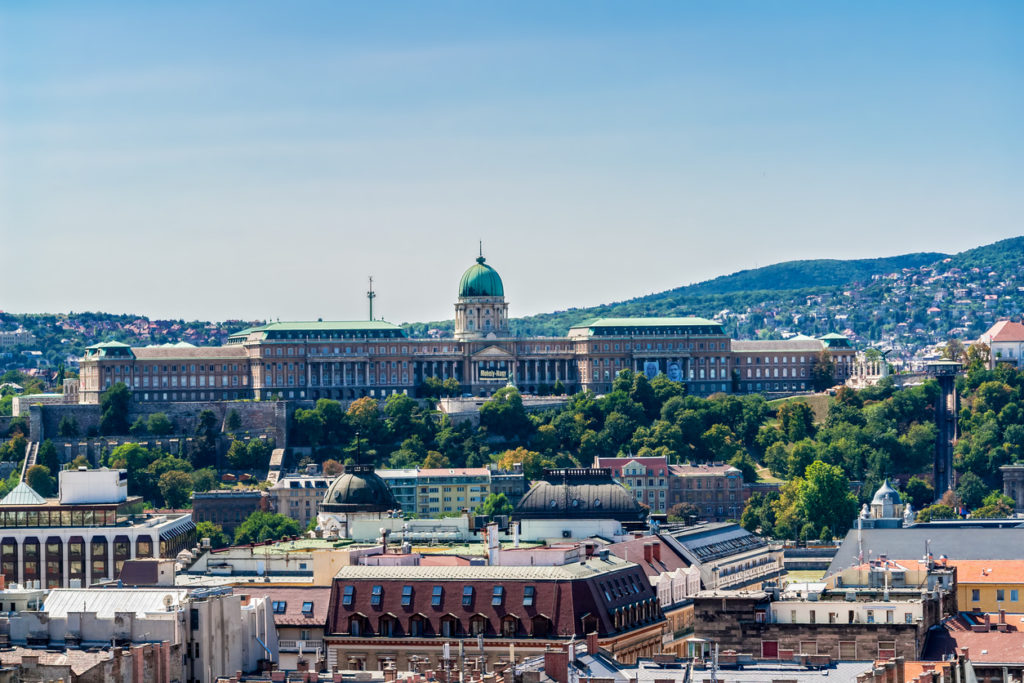
The royal and fascinating Buda
The hilly Buda creates the beautiful natural backdrop of Hungary’s capital, a fascinating district rich in historic sights and beautiful panoramic views. Start your journey of exploration with a visit at the Buda Castle, and visit the Royal Palace, an immense complex that was once the residence of the Hungarian kings. The castle overlooks the city and, even though it was completed in 1265, the only parts standing today date back to the 14th century. The Royal Palace houses the National Gallery and the Budapest History Museum, as well as many other cultural institutions.
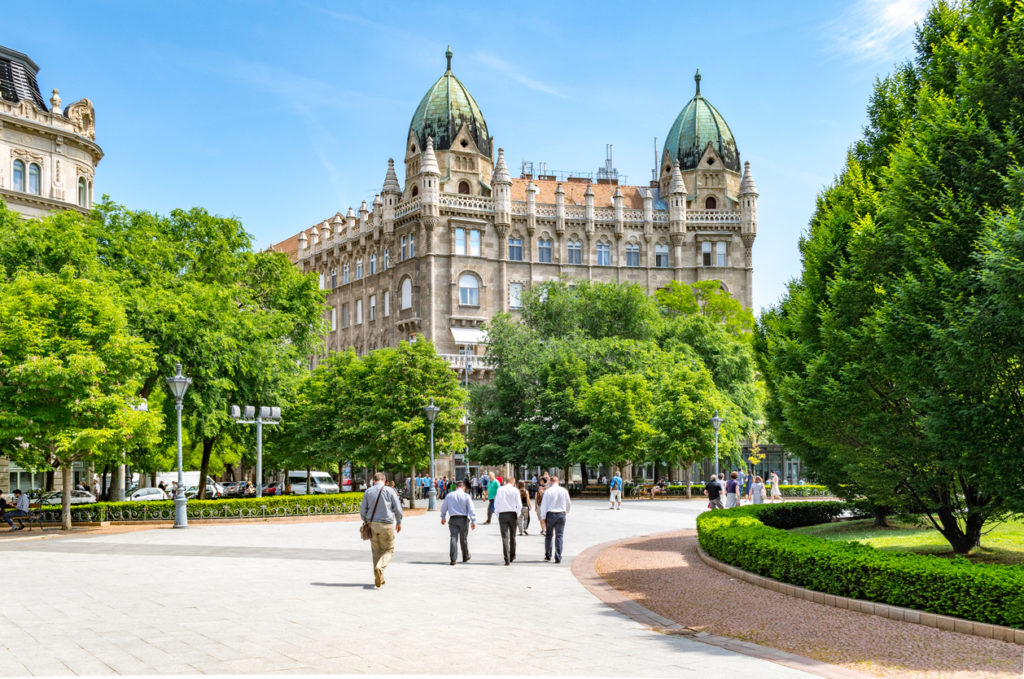
Buda Castle is part of the picturesque Castle District. Follow the maze of cobbled streets that will lead your steps to beautiful examples of medieval and baroque architecture, as well as to the Fishermen’s Bastion and the outstanding Matthias Church, a Gothic architectural masterpiece. The Fishermen’s Bastion is a neo-gothic and neo-romantic terrace adorned with seven towers that offer breathtaking views of Pest, the Danube, and Margaret Island. Its name was inspired by the fishermen who defended this region of the city in the Middle Age.
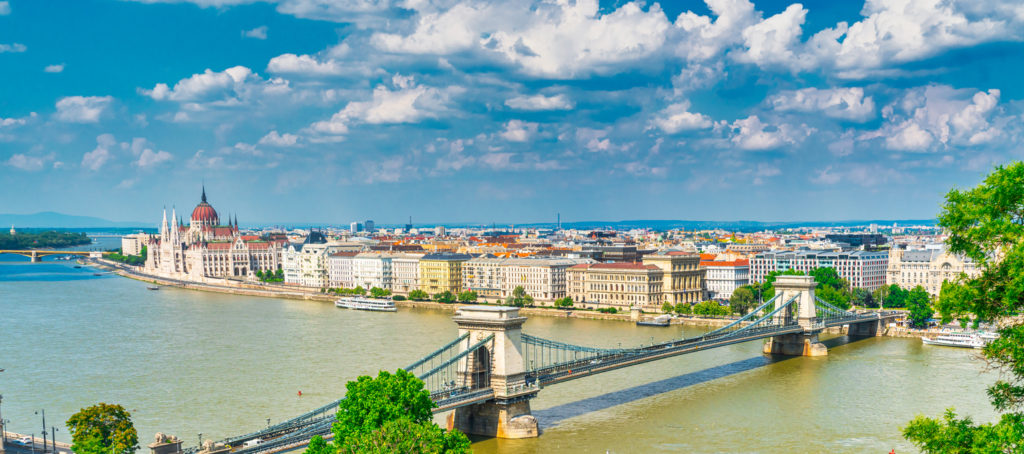
On your way to the Fisherman’s Bastion, you’ll discover a marvelous Gothic church topped with a colorful and richly patterned roof. This is the splendid Matthias Church that dates back to 1015. The church was once a mosque, when the Turks occupied the Castle District in 1541, a kitchen during the German occupation, and even a stable when Budapest was invaded by the Russians. However, now it’s back to her former glory, housing a mélange of styles from the 13th to the 19th centuries, as well as an underground gallery containing medieval stone carvings and relics. In 1867, Franz Joseph I of Hungary was crowned in this church as the Emperor of the Austro-Hungarian Empire.
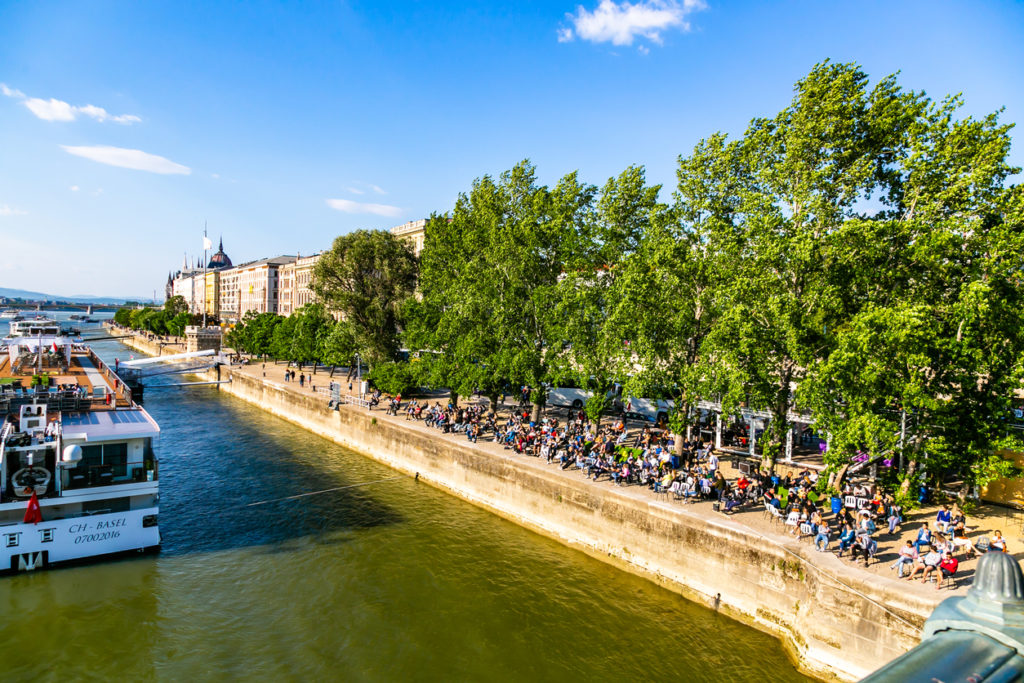
Complete your sightseeing experience with a funicular ride that will take you from the top of the hill to the famous Chain Bridge. This beautiful bridge links Buda to Pest but it’s remarkable especially due to its solid arches and imposing lion statues. When it was completed in 1848, the Chain Bridge was one of the largest suspension bridges in the world.
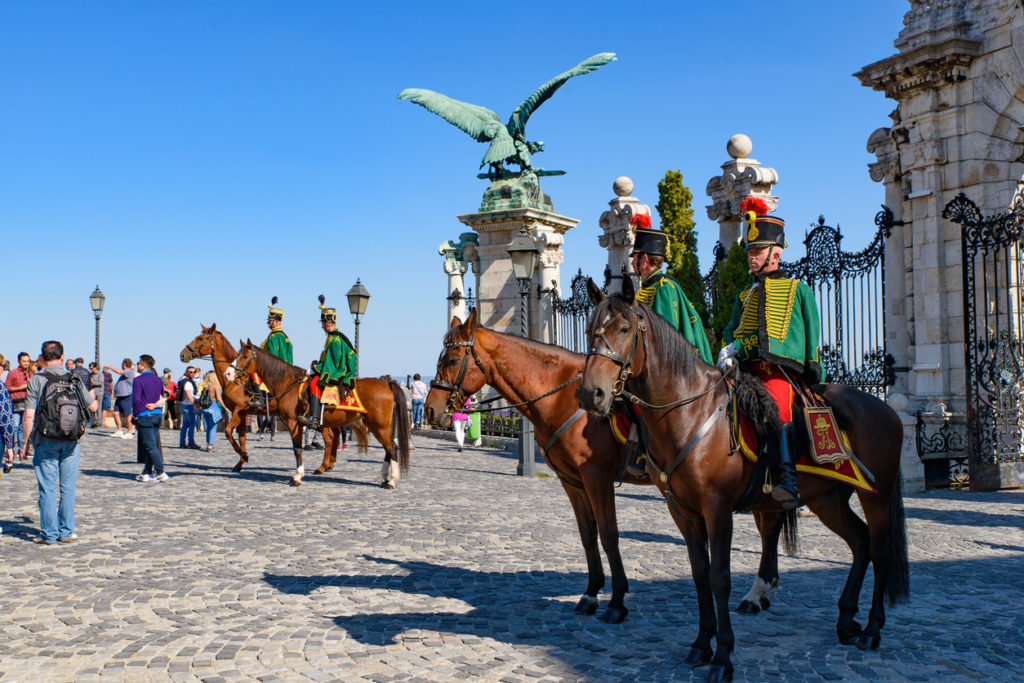
The imperial and bustling Pest
Pest is the part of the city where all the hustle and bustle of a European capital awaits. This is where you’ll find the cafes, bars, restaurants, and nightclubs, and also where you’ll be invited to attend opera, ballet, and theatre performances.
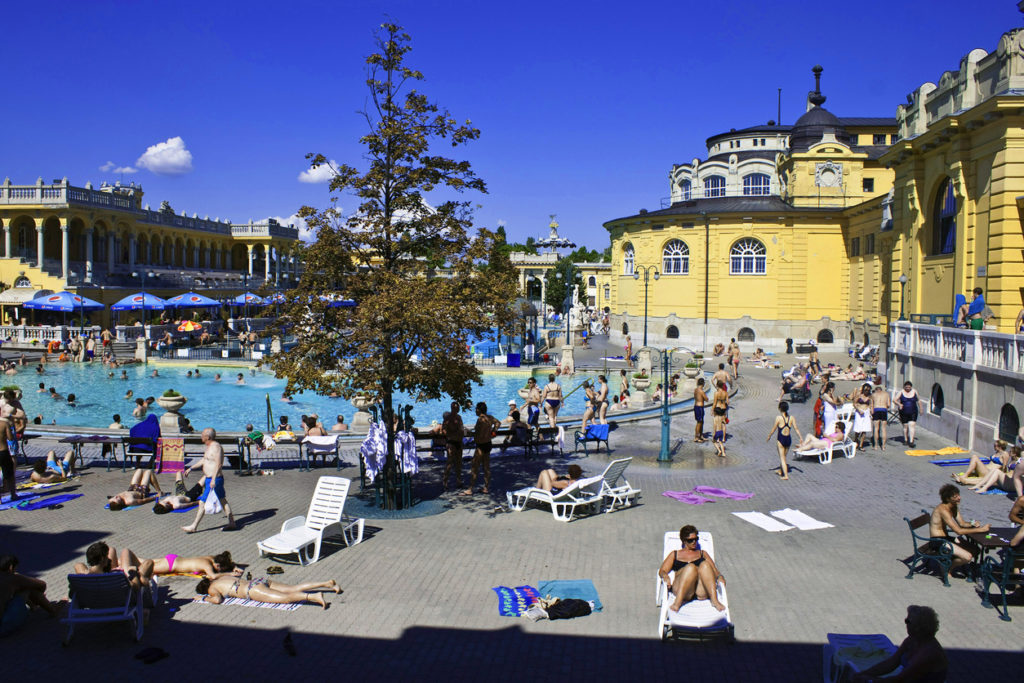
Pest impresses first-time visitors with its wide boulevards and fin-de-siècle architecture. After all, Budapest was in a continuous battle with Vienna for the role of the most important city in the Austro-Hungarian Empire. Its architecture reflects the elegance and grandeur of an imperial capital, illustrated especially through the spectacular building of the Parliament. A glorious Neo-Gothic building adorned with a fabulous spire and a neo-Renaissance dome, and completed at the beginning of the 20th century, the Parliament stretches over 250 m along the Danube. The parliament building was commissioned when Buda, Pest and Óbuda were united and inaugurated on the 1,000th anniversary of the Hungarian nation.
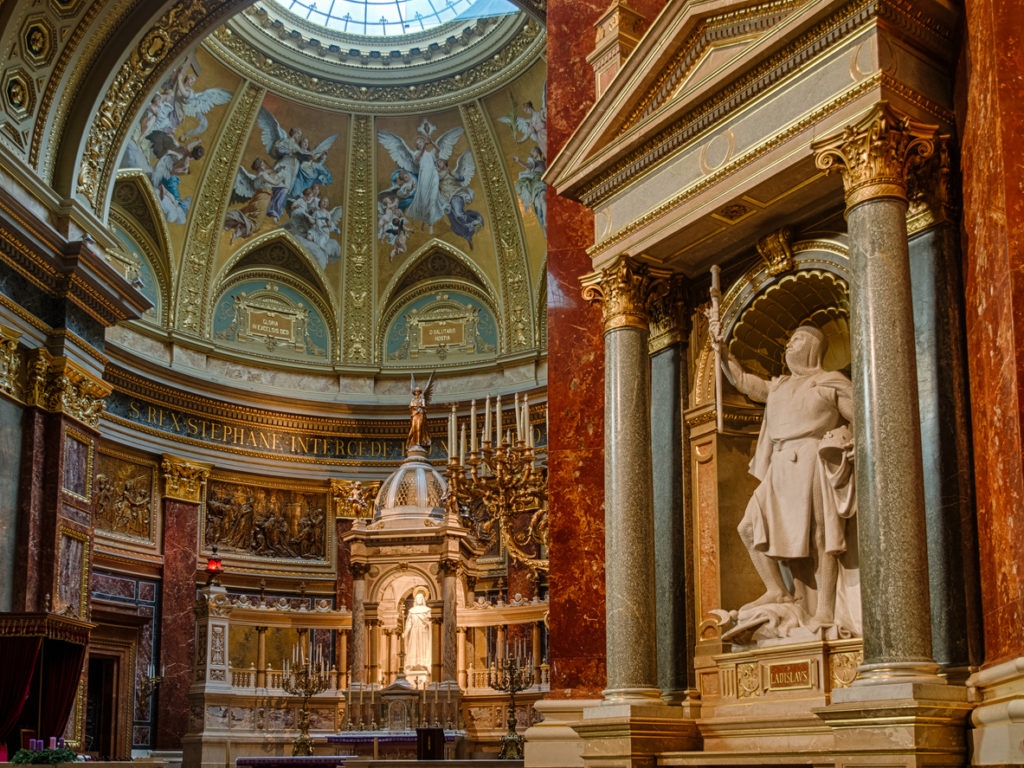
This part of the city is also home to the impressive St Stephen’s Basilica, the largest and most important church in the city. It was designed by Miklós Ybl and József Hild in 1851 and it has the shape of a Greek cross, with two bell towers and a magnificent dome in the middle. The cupola at the top of the Basilica’s tower offers spectacular views of the city.
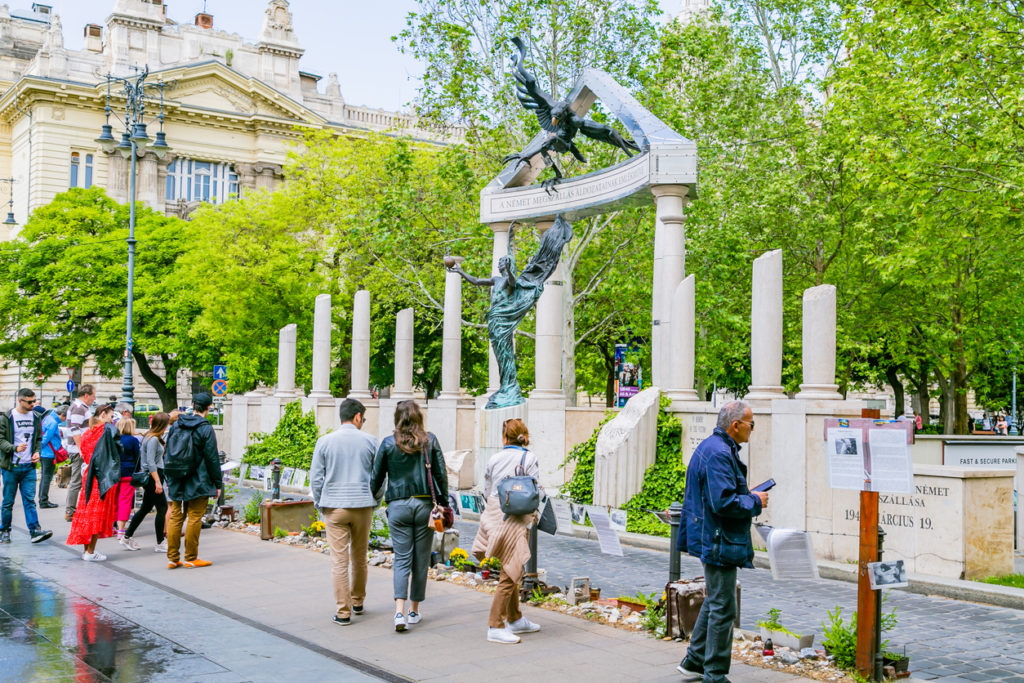
The beautiful Heroes’ Square is one of the most visited attractions in Pest. A cultural plaza surrounded by the City Park, the Heroes’ Square is home to the Millennium Monument and can be found on the UNESCO list of world heritage. The monument has statues of the seven tribes that founded Hungary, as well as other historical figures and was completed in 1900. The plaza was the scene of numerous political events, demonstrations, and rallies.
Don’t miss a visit to the Central Synagogue, the largest synagogue in Europe and one of the biggest in the world. The synagogue is a beautiful example of Byzantine-Moorish style and was completed in 1859. It has an impressive interior decorated with beautiful frescoes and elegant chandeliers.
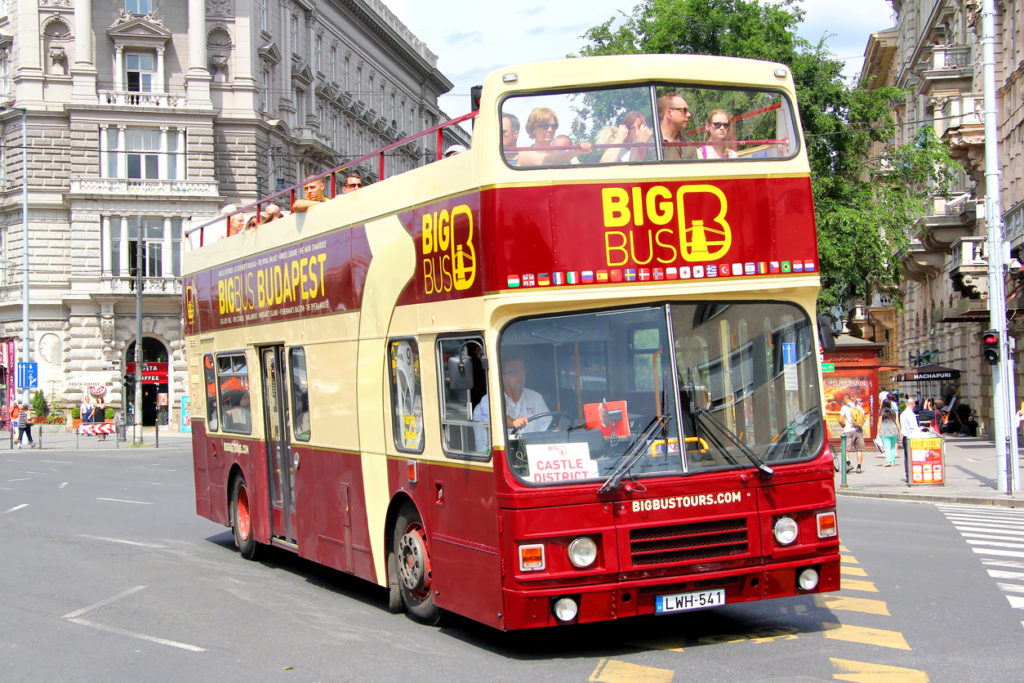
A crowded, touristy attraction but nevertheless a must-see on any traveler’s itinerary, the Great Market Hall is an ideal destination if you want to buy traditional Hungarian food and local delicacies, souvenirs, crafts, and porcelain objects.
Blessed by nature with more than one hundred thermal springs, Budapest is often known as the “world’s spa capital”. A variety of baths await here, from Turkish baths to Hungarian spas. They will delight guests not only with a wonderful bathing experience but also with superb architecture.
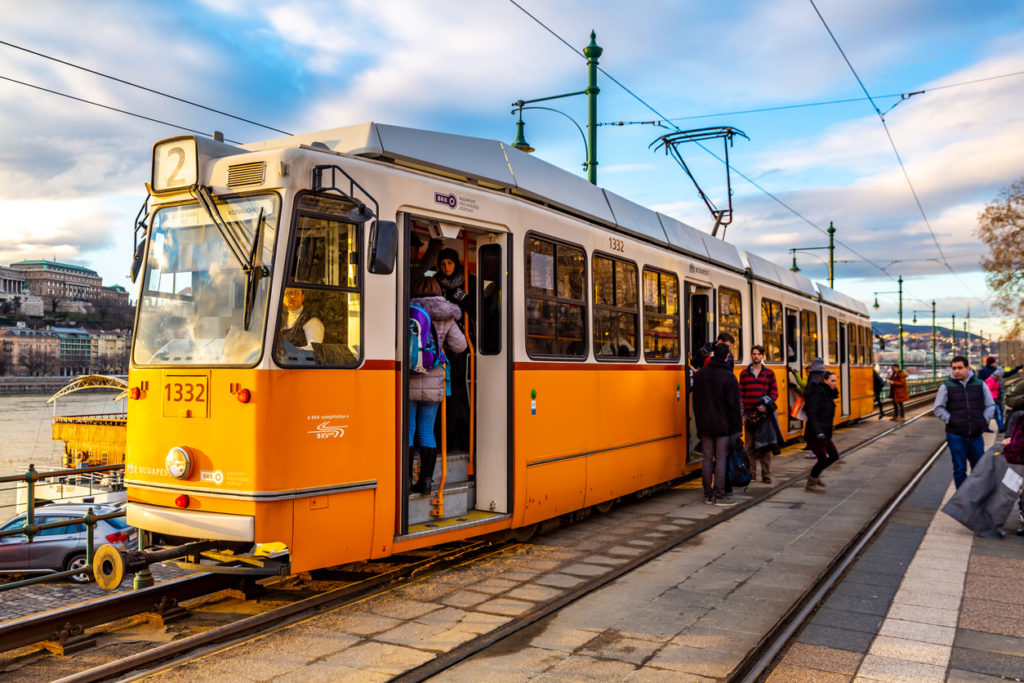
Many say that the thermal baths attached to Hotel Gellért are the best in Budapest. The site has been the home of a bathhouse since the 1500s and currently mesmerizes visitors with beautiful art nouveau architecture, soothing waters, imposing columns, and superb wall designs and flower motifs. If you’re not in the mood for a relaxing bathing experience, you can discover the famous ruin bars of Budapest. This network of bars has put Budapest on the map of Europe’s party capitals and promises memorable evenings. The bars are set in abandoned spaces and disused buildings like factory buildings, former tenement houses, and community centers of the seventh and eight districts of Budapest.
It is also possible to take a river cruise on the Danube and include Budapest within the stops as an alternative way to visit.

